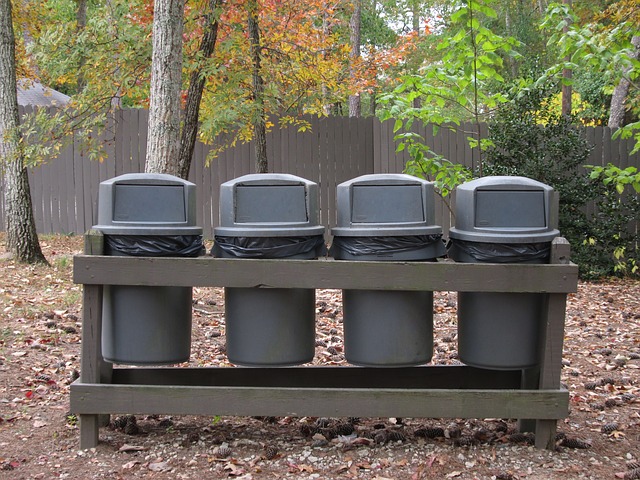If you’ve been blogging for a while, you’ve likely already heard about repurposing old blog content. You've probably heard about rewriting old content so that you can repost it, too. But, have you ever thought about simply breathing new life into your old content to help boost blog performance?
Working with what you've already got takes less time and could help your site's SEO.
With that in mind, let's dive into some practical ways to give your oldies, but goodies, a boost for your blog's overall traffic.
10 ways to increase blog performance
-
Remove broken/dead links.
-
Update your photos with Pinterest-friendly images.
-
Proofread your post.
-
Update the piece.
-
Add new relevant keywords.
-
Include some links to your other relevant posts.
-
Make the post more readable.
-
Delete the spam from your comments.
-
Add an editor's note about the update.
-
Update the title to include a keyword.

Before we break down these tips, first make a list of your top performing posts. Whether you use Google Analytics or some other traffic analysis platform, you need to figure out which posts are already getting the most eyeballs on them. These posts are the ones you'll want to facelift.
Pro tip: You could start with your top five or 10 posts if you're pressed for time. Once you’ve done that, revisit each post on your list and consider the following tips for increasing blog performance.
1. Remove broken/dead links.
Delete, delete, delete. Or fix them if it’s a simple error. One or two bad links on your site won’t totally kill your rankings, but there are a few things to keep in mind:
- Broken links affect the way Google crawls your site.
- They create a negative user experience.
- If they’re leading to an affiliate site, you could be missing out on potential revenue.
There are a number of reasons why you want to remove broken links — including to avoid those pesky 404 errors that annoy readers and Google — but that’s the short of it. Bonus if you can replace the dead or broken links with a younger, hotter model, er, I mean link.
2. Update your photos with Pinterest-friendly images.

There are a variety of image sizes and elements available for use, but most experts agree — vertical images look and perform best on Pinterest. When revisiting your content, consider adding images to boost your blog performance (or re-format them for easing sharing on Pinterest).
Great Pinterest images are helpful, beautiful and tasteful.
Yep, Pinterest stated that the best pins teach something or offer advice. In fact, “informative Pins are up to 30% more engaging than other Pins.” What?!?
They gotta be pretty, too. High-rez, well-lit and engaging photographs and images always take the cake. When styling pictures for Pinterest put yourself in the Pinners’ shoes — you want them to visualize creating that recipe or wearing that dress.
Finally, your images should be tasteful. Don't overdo it with the brands and logos. Otherwise, they look too much like advertisements.
3. Proofread your post.
Yes, again. Really! It's that important. Misspellings and bad grammar? Ain't nobody got time for that! Fix the errors lest the grammar police attack in the comments.
4. Update the piece.
Remove the facts that are no longer relevant. Change the sentences that no longer speak to your frame of mind, too (i.e., remove all the references to political parties if you’ve recently switched sides).
Opinions change and that's perfectly OK.
Your old content should be updated to reflect your views. This is especially important if you plan on reposting an old link on social media!
5. Add new relevant keywords.

The longer you blog, the more you realize the importance of keywords for SEO. So, if you don't have any good, solid keywords in your high performing content, why not add some to take those page views to the next level?
Lost on what a relevant keyword is? No problem. Check out “The 8 dimensions of a perfect keyword.”
6. Include some links to your other relevant posts.
Just because you wrote your best performing piece in 2010 doesn't mean you can't add some internal 2017 links to it today.
Internal linking is great for increasing your Google ranking.
Now, your old post is relevant and it could increase the likelihood of retaining your readers. Anything you can do to decrease your bounce rate is fantastic, and updating pieces is great for blog performance in search engine rankings.
7. Make the post more readable.
If we have learned anything from recent trends, it's that folks want easy-to-digest articles. They don't want long, drawn-out paragraphs that take forever to read.
Break up your paragraphs, get rid of the SAT words, and make it really simple for your readers to take in your content.
That is unless you’ve become popular for long-winded prose with big bulky paragraphs. Then by all means, keep long and carry on. The key here is to understand your audience.
8. Delete the spam from your comments.

There are few things as annoying as reading an amazing article, and then seeing a flood of spam underneath it. So much for continuing the conversation after the post is done! Show your readers you care and take out the trash.
9. Add an editor's note about the update.
Hubspot recommends being transparent with readers by adding an editor's note explaining you have updated the article. This will allow you to keep promoting your post across social media without confusing your readers as to why the post you promoted today has comments from several years ago.
10. Update the title to include a keyword.
Notice I didn't say change the link. You don't want to change the link because it's likely been shared all over Pinterest, Facebook, Twitter, etc. … On the other hand, changing the title slightly to include a keyword could help drive more traffic as you start promoting the updated post.
These simple tweaks won't take much time, and you don't have to update all your posts at once. However, making these changes to your old posts could help increase blog performance and keep readers on your site longer. Plus, once you've updated the older content, you'll have plenty of material for new social media updates. Talk about a win-win!





